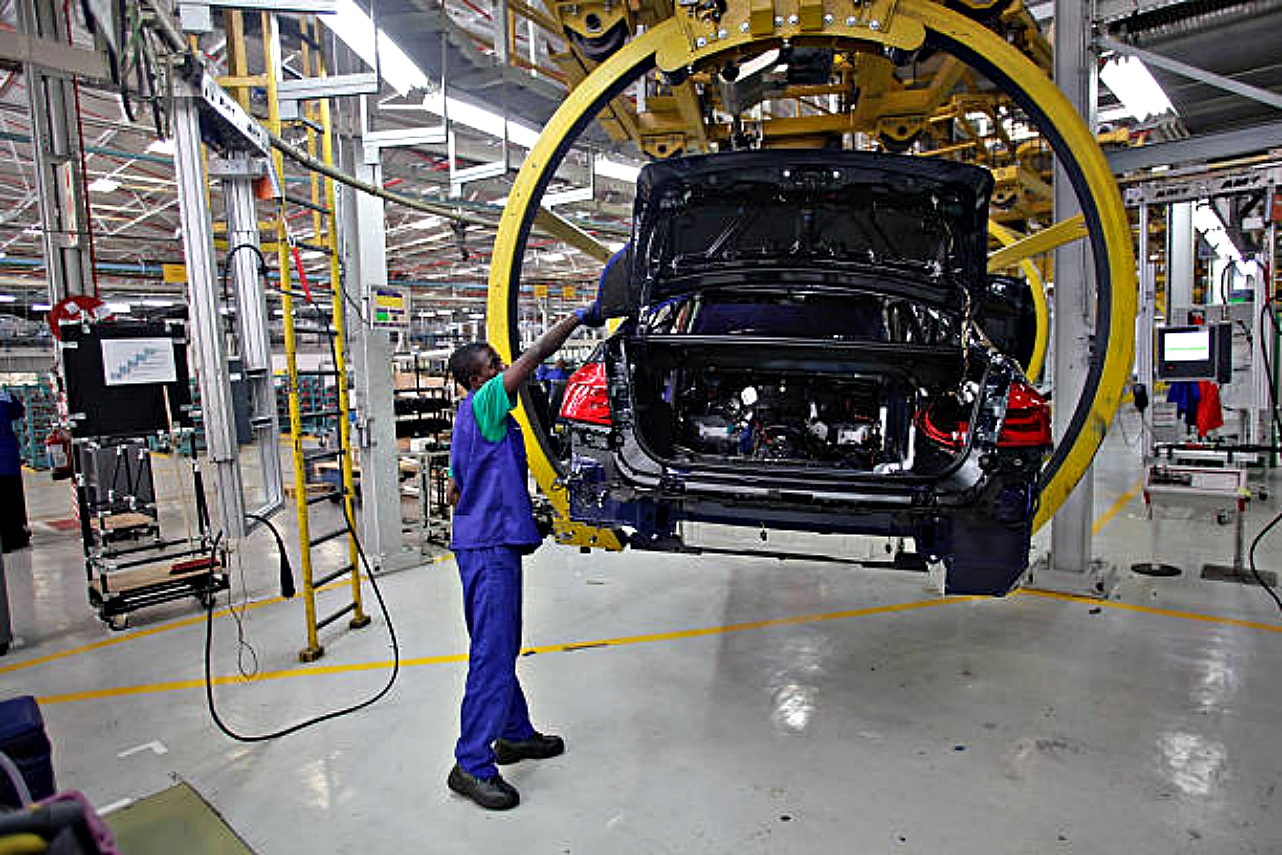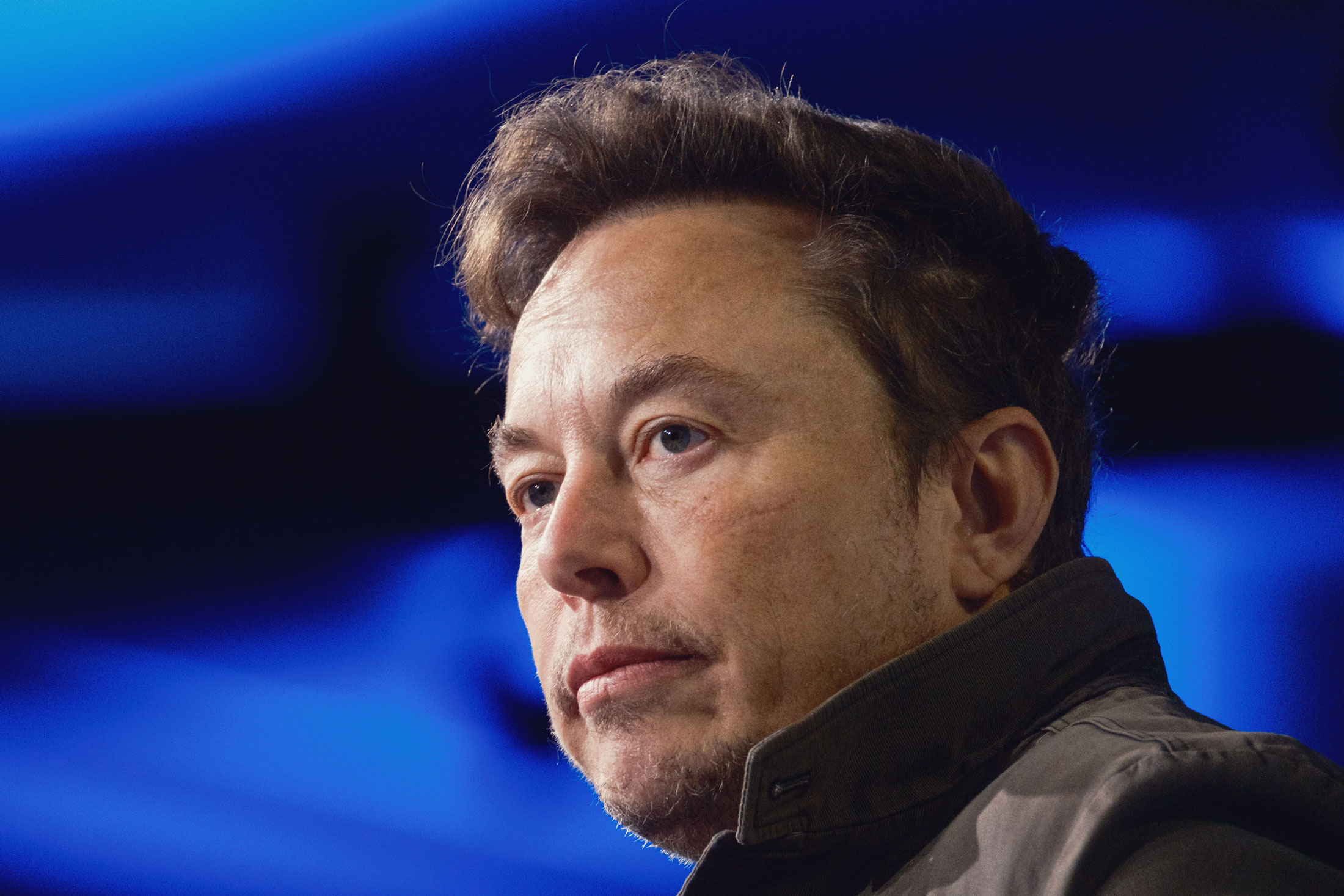Automakers In China: Beyond BMW And Porsche's Difficulties

Table of Contents
The Rise of Domestic Chinese Automakers
The most significant shift in the Chinese automotive industry is the meteoric rise of domestic brands. No longer playing catch-up, these automakers are leading the charge in several key areas.
Technological Innovation and EV Leadership
Chinese automakers are rapidly becoming leaders in electric vehicle (EV) technology, surpassing many international competitors. This leadership isn't just about producing EVs; it's about mastering the entire ecosystem.
-
Examples: BYD, with its Blade Battery technology and vertically integrated approach, has captured significant market share. NIO, Xpeng, and Li Auto are pushing boundaries with innovative features like battery swapping and advanced autonomous driving capabilities. These companies are not just building cars; they are building brands and ecosystems.
-
Government Support: The Chinese government has heavily invested in supporting domestic EV development through subsidies, tax breaks, and the development of extensive charging infrastructure. This proactive approach has fueled rapid growth and innovation.
-
Technological Advantages: Chinese companies are making strides in battery technology, achieving higher energy density and faster charging times. They are also investing heavily in developing advanced driver-assistance systems (ADAS) and autonomous driving technologies.
Aggressive Pricing Strategies and Localized Production
Domestic brands often leverage their understanding of the local market to offer competitive pricing and models tailored to Chinese consumer preferences. This localized approach is proving highly effective.
-
Pricing Strategies: By controlling costs through efficient manufacturing and local sourcing, Chinese automakers can offer EVs and other vehicles at significantly lower price points than many international competitors. This is a crucial factor in a market with a wide range of consumer budgets.
-
Localized Production and Supply Chains: The advantages of local manufacturing are substantial. Reduced transportation costs, streamlined supply chains, and a better understanding of local regulations contribute to a more efficient and cost-effective operation.
-
Targeted Marketing: Domestic brands excel at creating marketing campaigns that resonate with specific demographics within the vast Chinese market, further enhancing their sales performance. They often utilize social media and influencer marketing strategically.
Challenges Faced by International Automakers
While the Chinese market offers huge potential, international automakers face significant hurdles.
Intense Competition and Market Saturation
The Chinese automotive market is incredibly competitive. International brands are not only competing with established domestic players but also with a constant influx of new entrants.
-
Market Share Shifts: Over the past few years, we've seen a noticeable shift in market share, with domestic brands gaining ground steadily. This increased competition is squeezing profit margins for many international players.
-
Impact on Profitability: The pressure to compete on price and features is affecting profitability for some international automakers who are used to higher margins in other markets.
-
Struggling Brands: Several international brands have struggled to adapt to the fast-paced and dynamic nature of the Chinese market, leading to decreased sales and market share.
Navigating Regulatory Hurdles and Cultural Nuances
Understanding China's complex regulatory landscape and adapting to its unique cultural preferences are crucial for success. Failure to do so can lead to significant setbacks.
-
Regulatory Hurdles: China's automotive regulations are constantly evolving, impacting everything from emissions standards to data privacy. Staying abreast of these changes is paramount.
-
Cultural Nuances: Understanding Chinese consumer preferences – from design aesthetics to preferred features – is crucial for developing successful products. What works in one market may not necessarily resonate in China.
-
Adaptation Examples: Some international brands have successfully adapted by partnering with local companies or modifying their product offerings to suit local tastes, while others have struggled to make necessary adjustments.
Future Trends and Opportunities
The Chinese automotive market continues to evolve rapidly, presenting new opportunities and challenges.
The Growing Importance of Connected Cars and AI
The demand for connected cars and AI-powered features is exploding in China, presenting significant opportunities for innovation.
-
Connected Car Technology: Features like over-the-air updates, advanced infotainment systems, and integrated connectivity are increasingly important to Chinese consumers.
-
AI Applications: AI is being integrated into various aspects of the automotive experience, including autonomous driving, driver assistance, and predictive maintenance.
-
Future Market Potential: The market for connected and AI-powered vehicles in China is projected to grow exponentially in the coming years.
Sustainability and the Push for Green Mobility
China's commitment to environmental sustainability is driving the adoption of electric and hybrid vehicles, creating a significant market for green mobility solutions.
-
Government Policies: The Chinese government is actively promoting the adoption of EVs through subsidies, charging infrastructure development, and stringent emissions regulations.
-
Growing Consumer Demand: More and more Chinese consumers are prioritizing eco-friendly vehicles, reflecting a growing awareness of environmental issues.
-
Successful Green Initiatives: Many automakers in China are investing heavily in green technologies and initiatives, aiming to capitalize on this burgeoning market.
Conclusion
The Chinese automotive market is a complex and dynamic landscape. While challenges exist for international players like BMW and Porsche, the rise of domestic automakers in China and the rapid pace of technological innovation paint a picture of immense potential. Understanding the unique opportunities and challenges presented by this market is crucial for any automaker aiming to succeed. By focusing on technological advancements, adapting to local preferences, and embracing sustainability, both domestic and international players can thrive in this increasingly competitive and crucial market. To stay informed about the latest developments in the world's largest automotive market, continue to explore the evolving trends in automakers in China and the competitive landscape within this dynamic industry.

Featured Posts
-
 Us Debt Ceiling August Deadline Looms Treasury Warns
May 10, 2025
Us Debt Ceiling August Deadline Looms Treasury Warns
May 10, 2025 -
 The Epstein Files Pam Bondis Response To James Comers Allegations
May 10, 2025
The Epstein Files Pam Bondis Response To James Comers Allegations
May 10, 2025 -
 Apples Ai Gamble High Stakes And Potential Payoffs
May 10, 2025
Apples Ai Gamble High Stakes And Potential Payoffs
May 10, 2025 -
 Tesla Stock Slump Elon Musks Net Worth Takes A Hit Falling Below 300 Billion
May 10, 2025
Tesla Stock Slump Elon Musks Net Worth Takes A Hit Falling Below 300 Billion
May 10, 2025 -
 Weight Loss Drug Surge Contributes To Weight Watchers Financial Difficulties
May 10, 2025
Weight Loss Drug Surge Contributes To Weight Watchers Financial Difficulties
May 10, 2025
